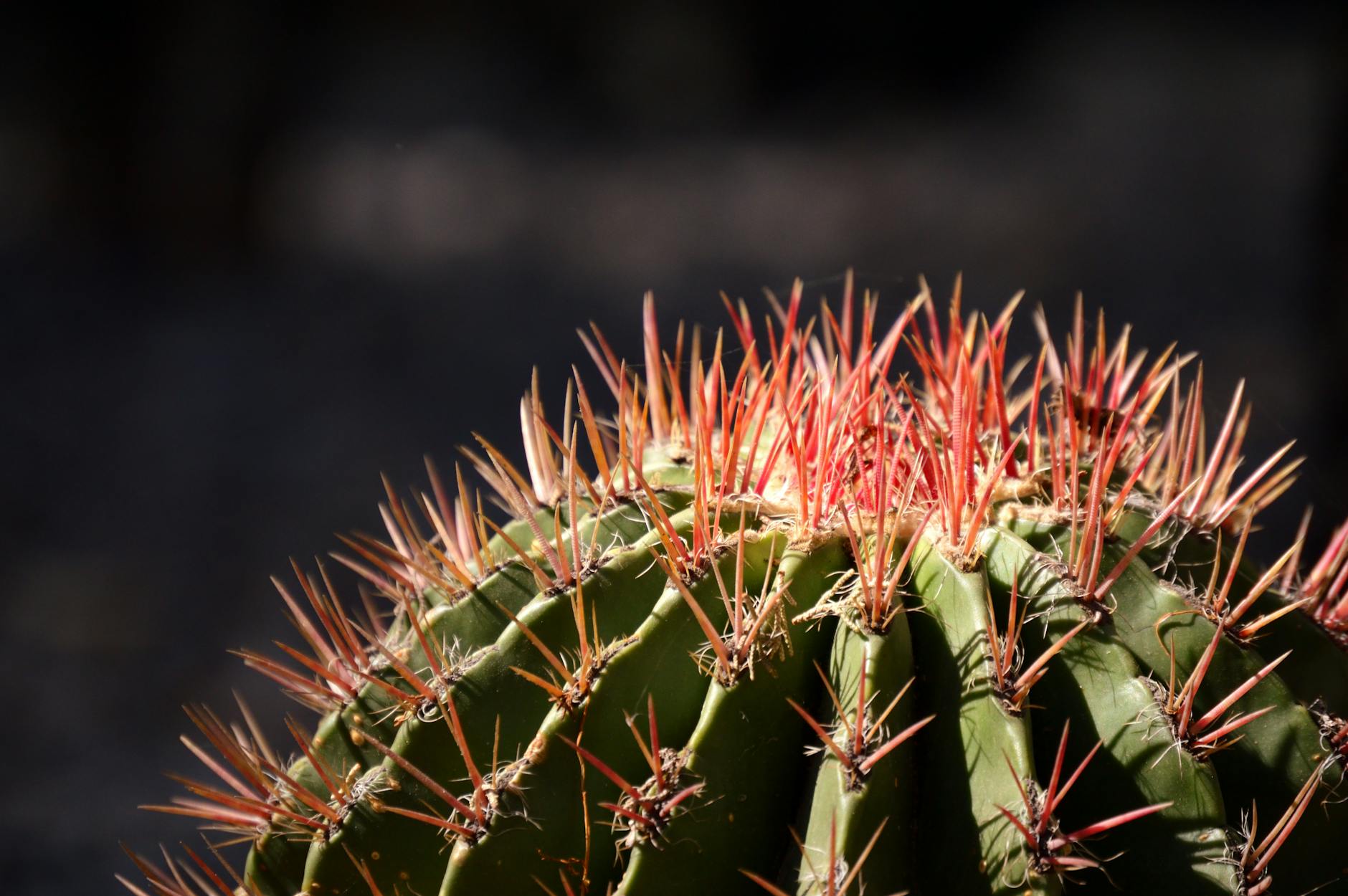Today we started sequencing in the Portable Genome Sequencing course! We used several Flongle flow cells on the MinION run. I watched the session by Kame A. Galan-Huerta from the Autonomous University of Nuevo Leon, Mexico, tonight. They presented at the Nanopore Community Meeting 2022 on “Identification of resistance mutations to direct-acting antiviral agents against HCV in infected subjects in Mexico.” Galan-Huerta spoke about Hepatitis C, a positive sense RNA virus about 9 kb in length. The 5′ end has structural proteins, and the 3′ end of the genome has regulatory elements. In Mexico, a serosurvey noted that Hepatitis C type B is the most prevalent. The team designed 12 amplicons from 900-1000 to create a multiplex PCR design based on the approach used for COVID-19. The team started by extracting viral RNA from serum samples They amplified two pools and found that one produced weak amplification due to primer dimers. Thus, they decided to create three primer pools. The team used the MinION Mk1B and Min106 R9.4.1 flow cells. The kit used was the Ligation Sequencing 109 and Native Barcoding kits. Galan-Huerta used the HCV-GLUE workflow to analyze the sequences of six samples. One sample had low viral loads. One sample had mutations that conferred resistance to two antivirals. The researchers created a phylogenetic tree with the sequences. The tree revealed a clade corresponding to viruses found in Mexico. The data can be graphed to provide phylogeographic reconstruction. I find learning about assay development really interesting. One slide indicated that they used Super Script IV for cDNA synthesis. I wonder if I can adapt this protocol for transcriptomics…



